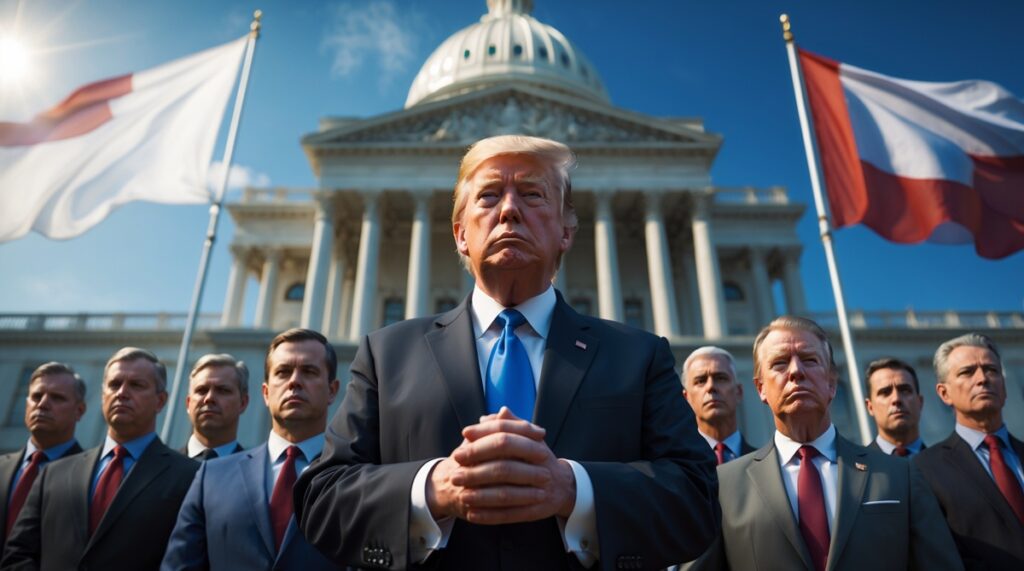President Donald Trump signed a short-term funding bill Wednesday evening that ends a record 42-day government shutdown and reopens the federal system. But the biggest twist for the crypto world? As the lights come back on in Washington, Congress is ramping up crypto regulation – and the implications go far beyond politics.
What happened
-
The U.S. House of Representatives voted 222-209 to approve the funding measure, after the U.S. Senate had already passed it.
-
President Trump signed the bill just after 10 p.m. ET, officially ending the longest government shutdown in U.S. history.
-
With the government reopening, federal regulators and lawmakers are now able to resume work related to cryptocurrencies and digital assets that was interrupted during the shutdown.
Why it matters for crypto
A) The regulatory decline was real
During the shutdown, major regulators such as the Commodity Futures Trading Commission (CFTC) and the Securities and Exchange Commission (SEC) had limited ability to move forward in developing, confirming, and enforcing crypto rules. The reopening restores momentum.
B) Crypto legislation is heating up
Congress has already shown signs of accelerating work: for example, the nomination of Mike Selig to the CFTC is scheduled to be heard on November 19, precisely when legislation on the structure of the cryptocurrency market is moving forward.
This suggests that lawmakers intend to define regulatory territory in the cryptocurrency market – a major shift for an industry that has long operated in gray areas.
C) Markets react to political windows
When government capacity returns, markets often anticipate regulatory clarity. For tokens, stablecoins, DeFi platforms and institutional entrants, this could mean reduced risk, but also compliance constraints. The reopening is more than political: it is a signal for the return of crypto politics.
Exclusive Preview: What to Watch
1. CFTC vs. SEC turf battle
Legislation recently drafted by the Senate Agriculture Committee aims to give the CFTC oversight over crypto spot markets. Once regulatory measures return to full force, we could see rapid conflict between the two agencies.
2. Sensitivity of symbolic markets to movements in Washington
The crypto ecosystem watches political windows like hawks. Once the shutdown is complete, stakeholders (exchanges, stablecoin issuers, DeFi protocols) will position themselves for announcements. Expect more volatility or at least activity related to regulatory commentary.
3. Institutional liquidity and compliance
Resolving the government freeze could allow institutions that have been on pause (or hesitant) to resume their planning, integration or compliance efforts. This means that more capital will be invested in crypto infrastructure if regulatory signals are positive.
Implications and what comes next
-
Short term: Regulators are starting to catch up – rulemaking, hearings, confirmations. Watch for announcements in the next 30-90 days.
-
Medium term: The bill on the structure of the crypto-currency market goes to floor; Selig’s appointment could change regulatory focus; agencies can issue guidance.
-
Long term: If clarity emerges, we could see accelerated institutional adoption, stable coin regulation, and asset tokenization, especially as the government shifts its focus back to digital asset infrastructure.
Final take
The reopening of the US government may appear to be “just another political event”, but in cryptographic terms it is a gate opening time: regulatory inertia is no longer on hold. For a sector often marginalized by political vagueness, the return of the complete machinery of Washington is a moment of opportunity – and risk.
The markets will not wait weeks. They will act quickly. The same goes for stakeholders.
Conclusion: The shutdown is complete. The crypto-regulation clock is ticking again.




